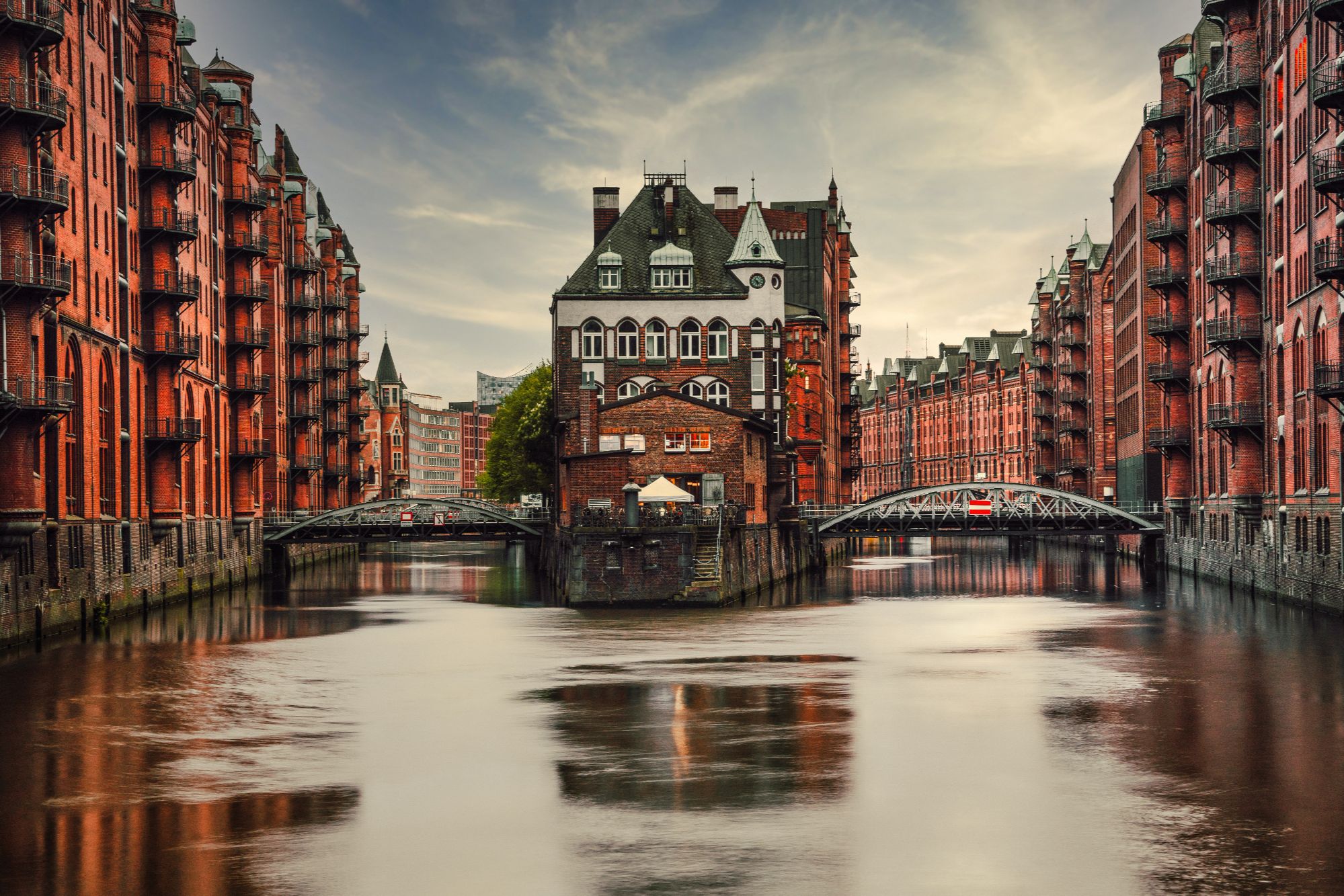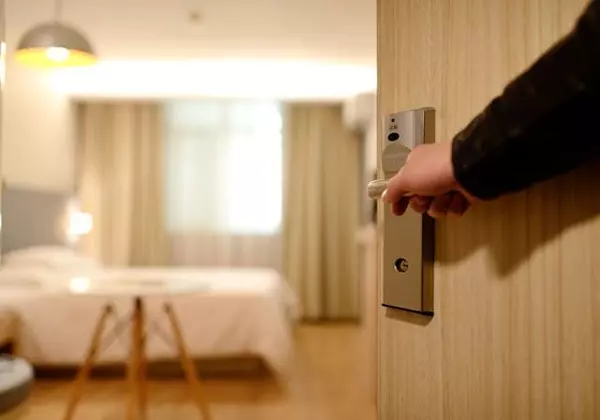Urban Revival: How Abandoned Spaces Are Finding New Life in Real Estate

Cities are constantly evolving, and with that evolution, some spaces inevitably fall into disuse and abandonment. However, a remarkable trend has emerged in real estate – the revival of abandoned spaces. In this blog, we'll explore how abandoned industrial buildings, warehouses, and even historic sites are finding new life and purpose in the world of real estate.
-
Adaptive Reuse:
Abandoned factories, warehouses, and mills are being transformed into vibrant residential spaces. Adaptive reuse projects repurpose these structures while preserving their historical and architectural significance. From loft apartments to mixed-use developments, these spaces offer unique living experiences with a touch of urban charm.
-
Cultural Hubs:
Abandoned theaters, churches, and historic sites are being revived as cultural hubs. These spaces are reimagined as theaters, art galleries, event venues, and community centers. The revival of these cultural landmarks not only preserves their heritage but also enriches the cultural fabric of the community.
-
Tech and Innovation Centers:
Former industrial sites are becoming tech and innovation centers. Abandoned factories and warehouses offer ample space for startups, tech companies, and research facilities. These adaptive spaces foster innovation and collaboration in the heart of the city.
-
Green and Sustainable Initiatives:
Abandoned lots and brownfields are being transformed into green spaces and sustainable developments. These projects contribute to urban revitalization by improving air quality, providing recreational areas, and promoting eco-friendly living.
-
Micro-Retail and Food Halls:
Unused storefronts and warehouses are being repurposed into micro-retail spaces and food halls. These dynamic spaces provide opportunities for small businesses, artisans, and food entrepreneurs to thrive in an urban setting.
-
Historic Preservation:
Historic preservation efforts are breathing new life into iconic landmarks. Restoring and repurposing historic buildings ensures that their unique architectural and cultural value is preserved for generations to come.
Conclusion:
The urban revival of abandoned spaces in real estate is a testament to the adaptability and creativity of developers, entrepreneurs, and communities. Abandoned warehouses become trendy lofts, theaters transform into vibrant cultural centers, and industrial sites foster innovation. These transformations not only revitalize urban areas but also honor the history and heritage of the city. The revival of abandoned spaces is a reminder that even in the ever-changing landscape of real estate, the past can coexist harmoniously with the future, creating a richer and more dynamic urban environment.
Categories
- All Blogs (781)
- Buyer's Market (9)
- Cash Flow (2)
- Design and Maintenance (42)
- Featured Listings (6)
- First-Time Home Buyers (39)
- Holidays (5)
- Home For Sale (7)
- Home Loans (3)
- Home Pricing (3)
- Home Showing (2)
- Homeowners (24)
- Investment Properties (9)
- Market Update (10)
- Mortgages (9)
- Real Estate Fun Facts (12)
- Real Estate Investors (22)
- Real Estate Marketing (13)
- Seller's Market (4)
- Selling Your Home (20)
- Sold Homes (12)
- South Jersey Updates (26)
- This Weekend Happenings (28)
- Tips For Home Buyers (17)
Recent Posts

![Builders Are Building Smaller Homes [INFOGRAPHIC]](https://img.chime.me/image/fs/chimeblog/20240504/16/w600_original_39aacbf5-2468-464c-acda-b86e3e29eff4-png.webp)








